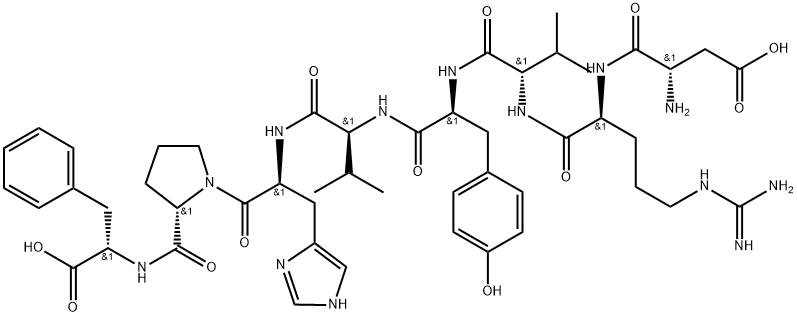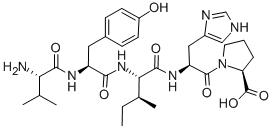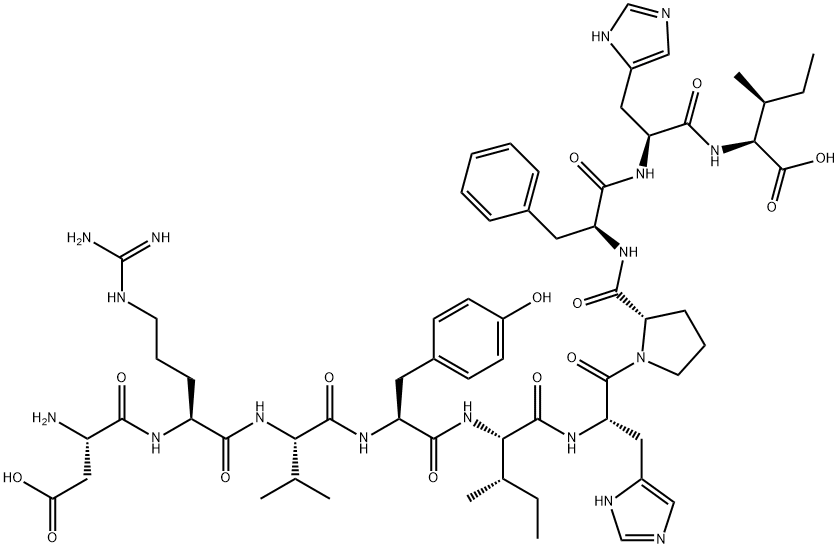Angiotensin Converting Enzyme from porcine kidney , lyophilizedpowder,≥10 units/mgprotein(Bradford) , 9015-82-1
Synonym(s):
ACE;Peptidyl-dipeptidase A;Peptidyldipeptide Hydrolase
| Pack Size | Price | Stock | Quantity |
| 0.1UNIT | RMB2328.70 | In Stock |
|
| 0.5UNIT | RMB7043.06 | In Stock |
|
| 1UNIT | RMB12498.37 | In Stock |
|
| others | Enquire |
PRODUCT Properties
| storage temp. | -20°C |
| form | lyophilized powder |
| color | Off-white to light yellow |
| Specific Activity | ≥2.0units/mg protein (modified Warburg-Christian) |
Description and Uses
ACE possesses dual actions to convert Ang I to Ang II, and degrade bradykinin. The development of an ACE inhibitor was the first effective drug for hypertension caused by high renin activity. ACE2 was identified as the receptor for the SARS (severe acute respiratory syndrome) coronavirus, which caused an epidemic in 2002–2003. ACE was discovered in the mid-1950s through the observation that the dialysis of plasma and kidney extract with water and saline before incubation produced two separate pressor substances, Ang I and Ang II, respectively. It was discovered for a second time in 1966 during the characterization of a bradykinin (BK)-degrading enzyme from the kidney. This was named kininase II, which later was found to be the same enzyme as ACE. ACE2 was discovered in 2000 when two independent research groups cloned homologous ACE that could convert Ang I to Ang1–9 and yet also be captopril-insensitive.
Angiotensin converting enzyme from rabbit lung has been used:
- for measuring inhibitory effect of egg white protein hydrolysates on ACE activity by high performance liquid chromatography (HPLC)
- to measure the ACE inhibition by litchi pericarp and cooked chicken breast using hippuryl-L-histidyl-L-leucine (HHL) as substrate by reverse phase-HPLC (RP-HPLC)3 and HPLC respectively
- in releasing GPI anchored protein in vitro in few cell lines like HeLa, HEK293 and in vivo in mice sperm.
Safety
| Symbol(GHS) |  GHS08 |
| Signal word | Danger |
| Hazard statements | H334 |
| Precautionary statements | P261-P284-P501 |
| WGK Germany | 3 |
| F | 10-21 |





